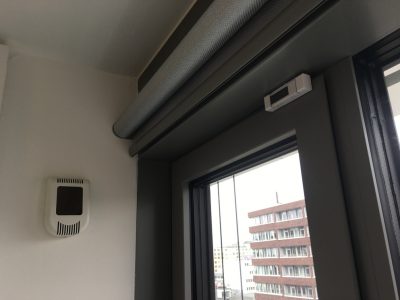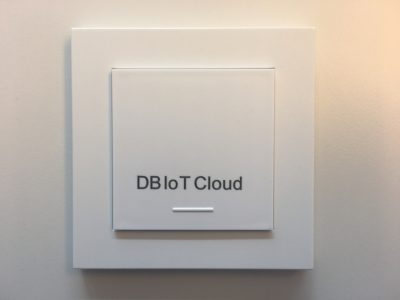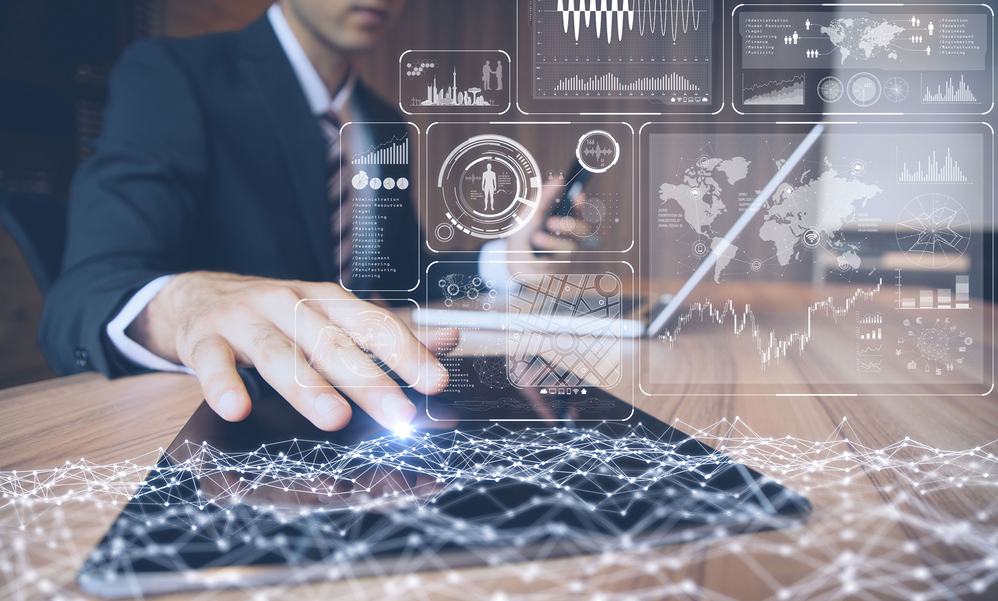The Internet of Things for smart buildings
Issue :
read all articles online
read as pdf
DB Systel worked together with EnOcean to equip the Venture IoT/M2M office in Hamburg with self-powered wireless sensors and to network them via the DB IoT Cloud on a single day. The pilot project showcases the opportunities that the Internet of Things brings to smart buildings.
The Internet of Things (IoT) can significantly improve efficiency and comfort in buildings. Classical applications such as room use, dependent heating control or the automated transmission of consumption figures save administrative, maintenance and subsidiary costs. Customizing building functions based on sensor data is a particularly fascinating aspect. This makes it possible to adapt the different disciplines, such as lighting, heating, cooling as well as services, to the current requirements in real time. The IoT cloud constantly learns new things and can continuously optimize the building system functions with the aid of the collected data.
The Proof of Concept (PoC) in Hamburg currently focuses on an ideal use of space and spatial quality in both the freely usable rooms and the meeting rooms. Users can also trigger customized actions with so-called service call buttons.
Self-powered access to all data
Data from as many points as possible within the building form the basis for smart control. Thanks to self-powered wireless sensors, the disciplines can be extensively networked on the IoT. The sensors only use motion, light or temperature differences as their energy source. Thus, they can be installed at places that are difficult to access and be expanded at any time.
The sensors communicate via the EnOcean wireless standard (ISO/IEC 14543-3-1X), which is optimized for ultra-low energy consumption. Thanks to standardized communications profiles of the EnOcean Alliance, products from different manufacturers can seamlessly work together.



The following self-powered sensors are used in the IoT lab:
- Solar-based occupancy and presence sensors deliver data to adjust the temperature in unused rooms, turn off the lights or determine room and desk occupancy.
- Solar-based air quality sensors measure the concentration of carbon dioxide, the ambient temperature and the relative humidity.
- Solar-based window contacts signal any change in the status of windows and doors (open-closed).
- The service call button is a self-powered wireless switch that can be used for “man-to-machine” communication in different functions.
Networked via DB IoT Cloud
The DB IoT Cloud is the element connecting the sensors’ physical world to the building processes. It provides the internal and external IoT technology for operating the building across the entire digitalization chain — from individual sensors, actuators or devices to the application and process world. It can identify every object by its individual Internet address and specifically target it via the network. This permits the use of economies of scale and allows the system to be optimized and adapted based on real-time data.
New articles in Smart Spaces
Top articles





